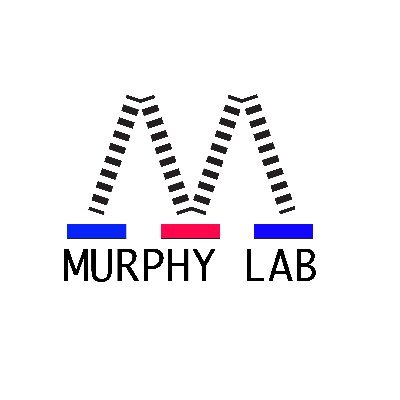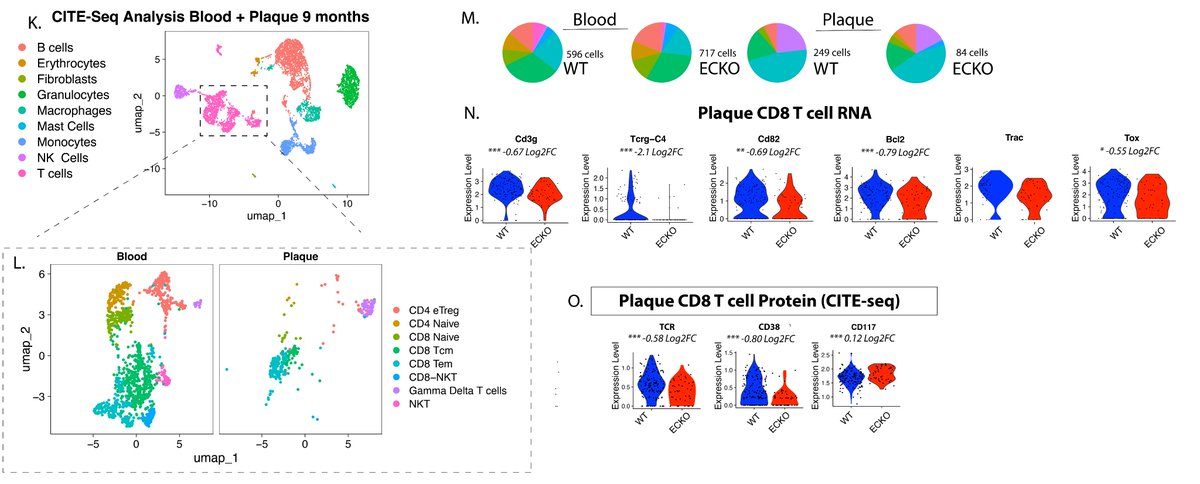
MurphyLab
@MurphyLabUCONN
Followers
310
Following
956
Media
37
Statuses
310
Our lab@UCONN Health; Endothelial, RNA Splicing, Extracellular Matrix and Vascular Inflammation. [email protected]
Farmington, CT
Joined May 2019
RT @alsassociation: URGENT: A leaked HHS memo proposes cutting all funding to the National #ALS Registry. This would erase decades of criti….
0
18
0
A detailed post can be found at 1patrickmurphy at bsky social, with the next questions we hope to address with input and support from @vascularbiology @AHAScience @alzassociation @AlzResearchUK @AFTDHope and @NINDSfunding @cshlmeetings.
0
1
0
Congratulations to Ashok, an exceptionally talented scientist who would be a tremendous junior faculty hire. Thank you to our collaborators @jacksonlab, lab members including @omaruximab and as others not on this platform, including Riqiang Yan.
1
1
1
Despite strong headwinds our work continues. @CheemalaAshok shows that even a single point mutation in TDP-43 leads to large defects in cell-cell junction and barrier, and that brain endothelial deletion disrupts the BBB and leads to FTD-like behavior
science.org
ALS-FTD–associated TDP-43 point mutation in endothelial cells leads to BBB loss and is replicated by gene deletion.
1
4
13
RT @RepGregLandsman: In the last 48 hours, congressional Republicans have done so much damage to Americans. Here are the 5 truly harmful t….
0
9K
0
Many thanks to collaborator Dr. Riqiang Yan, members of the Murphy lab, our flow and sequencing cores, @vascularbiology, our funding at @NIH_NINDS and earlier awards from @AHAScience and @nih_nhlbi for contributing to this work. Most importantly, thank you to the donors.
0
0
0
In parallel work (Science Advances next month and bioRxiv here : ) from @CheemalaAshok we show that targeted deletion of TDP-43 in brain ECs compromises the BBB, and leads to dysfunction of pathways disrupted in human capillaries with reduced TDP-43.
1
1
3
We find a distinct transcriptional program that characterizes ~40% of the capillary endothelium in neurodegenerative diseases, including ALS-FTD @alsassociation , and Alzheimer’s @alzassociation @AlzResearchUK @alzheimerssoc , and is marked by nuclear loss TDP-43.
1
0
0
In a herculean effort led by talented MD/PhD student @omaruximab, we use a novel approach for endothelial cell enrichment to create a massive dataset of endothelial changes in healthy aging and ALS-FTD and Alzheimer's Disease (92 donors). Data portal :
1
0
1
I'm happy to announce that our paper describing the first in human tissue application of inCITE-seq, to assess nuclear levels of RNA-binding proteins, and key regulators of the blood brain barrier (b-Catenin and NF-kB) is now available online
nature.com
Nature Neuroscience - Targeting the endothelium across ages and neurodegenerative diseases in 92 donors with single-cell inCITE-seq reveals similar alterations in ~40% of capillaries in AD, ALS and...
5
22
96
RT @ZhichaoFan: We are happy to share that our work on cystic fibrosis and integrin clustering has been published @PNASNews CFTR dictates….
0
3
0
RT @takarginov: The latter part of my thesis work on RNA binding proteins and T cells is out in @ScienceMagazine ! Here we find that one of….
science.org
T cell receptor (TCR) sensitivity to peptide–major histocompatibility complex (MHC) dictates T cell fate. Canonical models of TCR sensitivity cannot be fully explained by transcriptional regulation....
0
29
0
RT @Rong_A_Wang: Postdoc Positions at UCSF on Vascular Regeneration, 2P live imaging, VasPhysiology, Mouse models, Surgery, Single Cell+Spa….
0
22
0
Thanks to our funding @AHAScience @nih_nhlbi and for critical feedback from @vascularbiology @GordonConf @UCONN_ICG. Steve, Amy, Jess, and other members of the @MurphyLabUCONN and Annabelle Rodriquez-Oquendo for clinical perspective, in addition to those mentioned already.
0
1
3
CITE-seq analysis of the recruited CD8 T cells in plaque and blood - performed by @cpathoulas , confirmed that in addition to the substantial local reduction - the CD8 T cells still recruited expressed less markers of activation. These differences were not apparent in blood.
1
0
1







